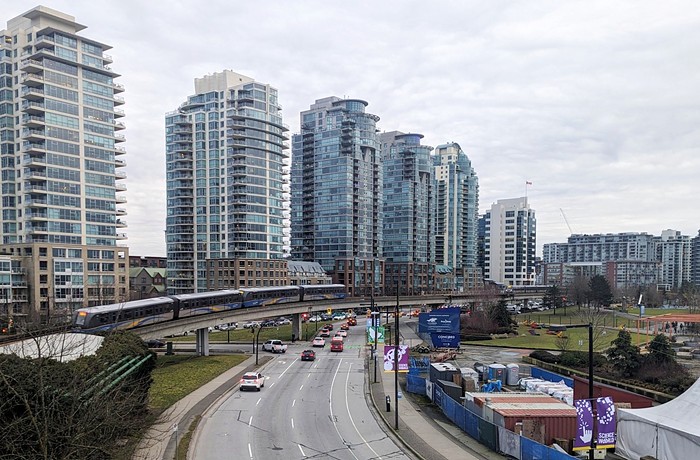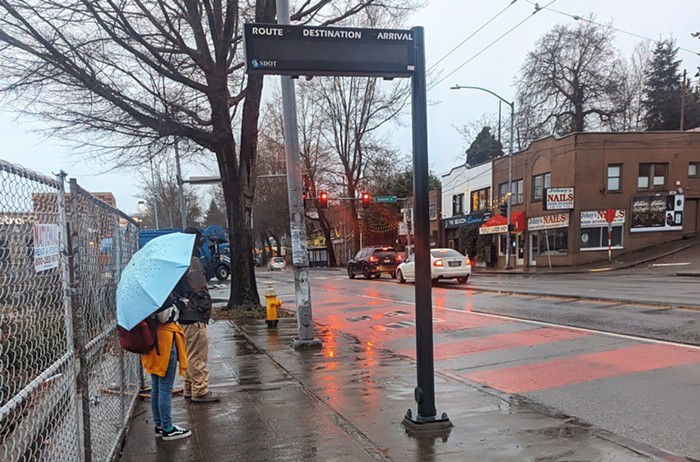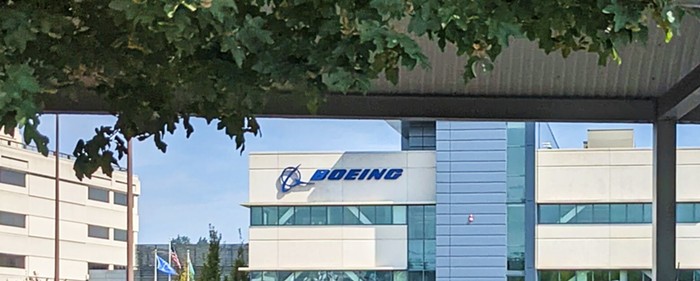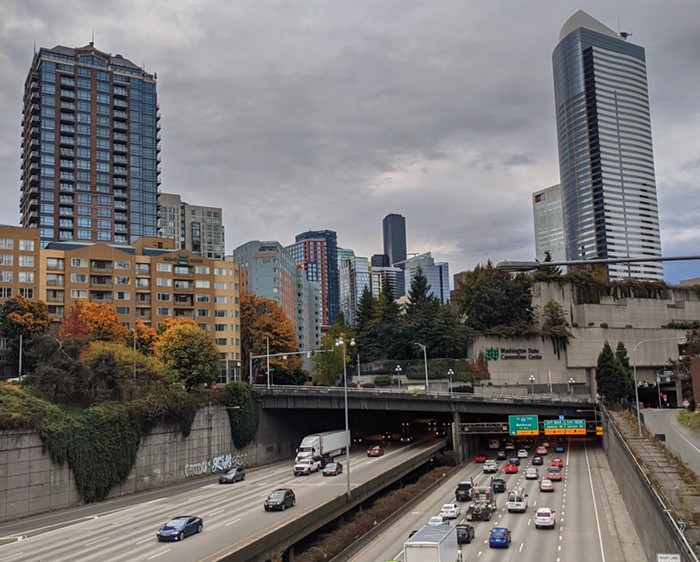
In the middle of a recent post about the potential of a world-class tech corridor forming between Vancouver B.C. and Seattle, a corridor that would have as its foundation investments Microsoft is currently making in downtown Vancouver (and because these investments are mostly taking the form of office spaces, they are to the tech industry what relocating a factory to Mexico is to the car industry—to get my gist, read this), there is a brief discussion about linking the cities with a high-speed rail line.
It would cost some $30 billion to build, the trains on the line would travel at 200 mph, and Amtrak would offer trips between the cities that take less than an hour. All of this makes sense. And it is not the first time the idea has been brought up. Why not just do it? Instead of examining the reasons why we still have slow trains and an aging line, the post takes a crazy turn and reports on the idea that can only make sense to an auto industry that fears the future will not be as generous to it as it has been in the past. The idea is to build a dedicated lane for autonomous cars.
The bizarreness of this idea speaks so easily for itself. Why should we offer a whole lane to cars that drive themselves instead of cars that do not? What is the real difference here? Obviously, it's more rational to dedicate the lane to buses or even autonomous buses. And if such is the case, then the more obvious, more rational thing to do is to just upgrade the tracks on the Van/Sea line and purchase bullet trains. The fact that the autonomous car idea was pushed into the heart of an article in a major American newspaper shows how hard the auto industry is working to place itself in the public's picture of the future. At present, the future is more and more looking like that past, like the city before cars, the human-scale city.



















